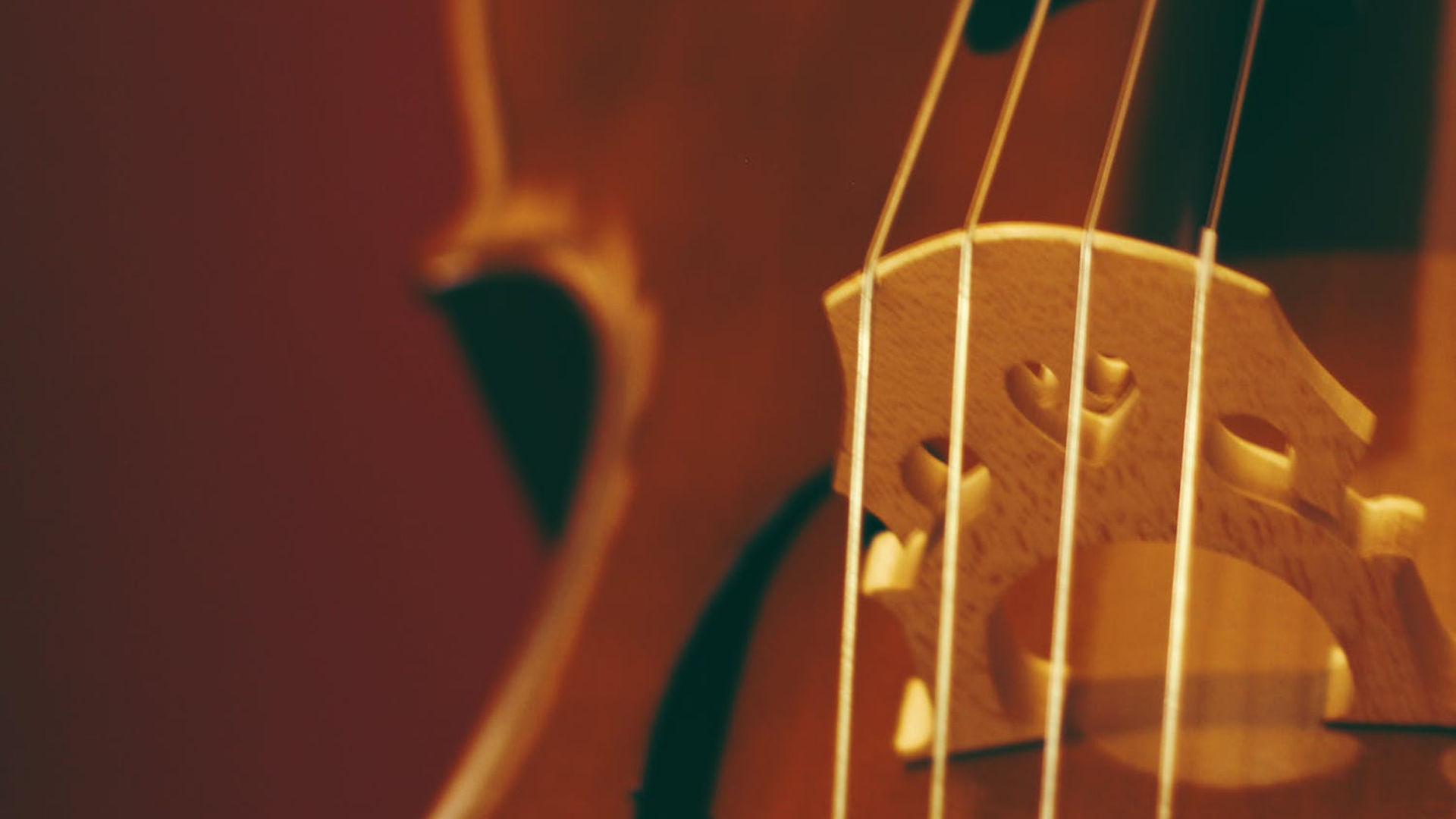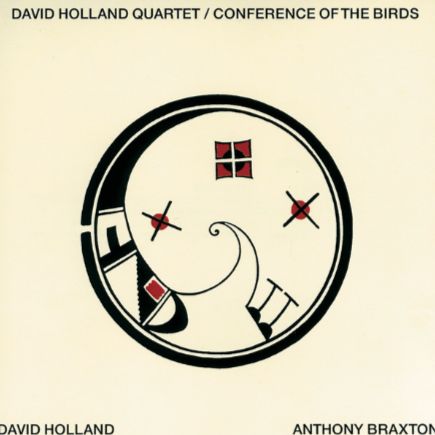Dave Holland: une trajectoire singulière au cœur du jazz moderne
Figure majeure du jazz contemporain, le bassiste et compositeur anglais Dave Holland s’impose comme l’un des artisans les plus novateurs de l’avant-garde musicale. Autodidacte passionné, il travaille sans relâche sa contrebasse tout en fréquentant assidûment les clubs de jazz, où il fait ses premières armes. L’installation à Londres marque une étape décisive: Holland y rencontre les figures montantes de la scène britannique, dont John McLaughlin et Kenny Wheeler, qui l’initient aux audaces du jazz contemporain.
L’année 1966 constitue un tournant. Sa réputation grandit, et deux ans plus tard, il attire l’attention de Miles Davis. En juillet 1968, le trompettiste l’invite à rejoindre son groupe pour une tournée à New York. Dave Holland participe alors à deux enregistrements historiques de la période électrique: In a Silent Way (1969) et Bitches Brew (1970), œuvres fondatrices qui bouleversent les frontières du jazz.
Au début des années 1970, Dave Holland explore de nouvelles directions. Il fonde Circle aux côtés de Chick Corea, Anthony Braxton et Barry Altschul, formation expérimentale où il introduit le violoncelle dans son univers musical. En 1972, après un passage remarqué dans le groupe de Stan Getz, il signe comme leader l’album Conference of the Birds, salué par la critique comme une pierre angulaire du jazz d’avant-garde. Trois ans plus tard, il participe à la création du trio Gateway avec John Abercrombie et Jack DeJohnette, anciens compagnons de route de Miles Davis.
Sa carrière solo prend un nouvel élan avec Emerald Tears (1977), premier disque de contrebasse solo, suivi en 1982 par Life Cycle, enregistré exclusivement au violoncelle. Dans les années 1980, Holland dirige divers ensembles, dont un quintette réunissant Kenny Wheeler, Julian Priester, Steve Coleman et Steve Ellington. En 1988, il forme un quartet avec Steve Coleman, Kevin Eubanks et Marvin ‘Smitty’ Smith, donnant naissance à Extensions, album qui assoit sa reconnaissance internationale.
Durant les années 1990, Dave Holland multiplie les collaborations prestigieuses: membre régulier du trio de Herbie Hancock, il joue aussi avec Joe Henderson, Gene Jackson et poursuit ses propres projets, enregistrant plusieurs disques nommés aux Grammy Awards. En 2002, il élargit son horizon avec la création d’un big band issu de son quintette, tandis qu’en 2010 il explore l’univers du flamenco aux côtés de Pepe Habichuela sur Hands.
Dave Holland: una trayectoria singular en el corazón del jazz moderno
Figura esencial del jazz contemporáneo, el contrabajista y compositor inglés Dave Holland se ha consolidado como uno de los artesanos más innovadores de la vanguardia musical. Autodidacta apasionado, trabajó incansablemente su contrabajo mientras frecuentaba con asiduidad los clubes de jazz, donde dio sus primeros pasos. Su traslado a Londres marcó una etapa decisiva: allí conoció a figuras emergentes de la escena británica como John McLaughlin y Kenny Wheeler, quienes lo introdujeron en las audacias del jazz contemporáneo.
El año 1966 representó un punto de inflexión. Su reputación creció rápidamente y, dos años más tarde, atrajo la atención de Miles Davis. En julio de 1968, el trompetista lo invitó a unirse a su grupo para una gira en Nueva York. Holland participó en dos grabaciones históricas de la etapa eléctrica de Davis: In a Silent Way (1969) y Bitches Brew (1970), obras fundacionales que transformaron las fronteras del jazz.
A comienzos de los años setenta, Dave Holland exploró nuevas direcciones. Fundó Circle junto a Chick Corea, Anthony Braxton y Barry Altschul, un conjunto experimental donde introdujo el violonchelo en su universo musical. En 1972, tras un destacado paso por el grupo de Stan Getz, publicó como líder el álbum Conference of the Birds, aclamado por la crítica como una obra clave del jazz de vanguardia. Tres años después, participó en la creación del trío Gateway con John Abercrombie y Jack DeJohnette, antiguos compañeros de Miles Davis.
Su carrera como solista tomó un nuevo impulso con Emerald Tears (1977), primer disco de contrabajo solo, seguido en 1982 por Life Cycle, grabado exclusivamente con violonchelo. En la década de 1980 dirigió diversos conjuntos, incluido un quinteto con Kenny Wheeler, Julian Priester, Steve Coleman y Steve Ellington. En 1988 formó un cuarteto con Steve Coleman, Kevin Eubanks y Marvin ‘Smitty’ Smith, del cual surgió Extensions, álbum que consolidó su reconocimiento internacional.
Durante los años noventa Dave Holland multiplicó sus colaboraciones: miembro habitual del trío de Herbie Hancock, trabajó también con Joe Henderson, Gene Jackson y desarrolló sus propios proyectos, grabando varios discos nominados a los Grammy. En 2002 amplió su horizonte con la creación de una big band derivada de su quinteto, y en 2010 exploró el flamenco junto al guitarrista Pepe Habichuela en Hands.
Dave Holland: un percorso singolare nel cuore del jazz moderno
Figura di spicco del jazz contemporaneo, il contrabbassista e compositore inglese Dave Holland si è affermato come uno degli artefici più innovativi dell’avanguardia musicale. Autodidatta appassionato, perfezionò instancabilmente il contrabbasso mentre frequentava con assiduità i club di jazz, dove mosse i suoi primi passi. Il trasferimento a Londra segnò una tappa decisiva: lì incontrò figure emergenti della scena britannica come John McLaughlin e Kenny Wheeler, che lo introdussero nelle audacie del jazz contemporaneo.
Il 1966 rappresentò una svolta. La sua reputazione crebbe rapidamente e, due anni dopo, attirò l’attenzione di Miles Davis. Nel luglio 1968, il trombettista lo invitò a unirsi al suo gruppo per una tournée a New York. Holland partecipò a due registrazioni storiche del periodo elettrico di Davis: In a Silent Way (1969) e Bitches Brew (1970), opere fondatrici che ridefinirono i confini del jazz.
All’inizio degli anni Settanta, Dave Holland esplorò nuove direzioni. Fondò Circle insieme a Chick Corea, Anthony Braxton e Barry Altschul, formazione sperimentale in cui introdusse il violoncello nel suo linguaggio musicale. Nel 1972, dopo un passaggio di rilievo nel gruppo di Stan Getz, pubblicò come leader l’album Conference of the Birds, salutato dalla critica come una pietra miliare del jazz d’avanguardia. Tre anni dopo partecipò alla creazione del trio Gateway con John Abercrombie e Jack DeJohnette, ex compagni di Miles Davis.
La sua carriera solista prese nuovo slancio con Emerald Tears (1977), primo disco di contrabbasso solo, seguito nel 1982 da Life Cycle, registrato esclusivamente al violoncello. Negli anni Ottanta guidò vari ensemble, tra cui un quintetto con Kenny Wheeler, Julian Priester, Steve Coleman e Steve Ellington. Nel 1988 formò un quartetto con Steve Coleman, Kevin Eubanks e Marvin ‘Smitty’ Smith, da cui nacque Extensions, album che consolidò la sua fama internazionale.
Negli anni Novanta Dave Holland moltiplicò le collaborazioni prestigiose: membro regolare del trio di Herbie Hancock, lavorò anche con Joe Henderson, Gene Jackson e sviluppò i propri progetti, registrando diversi album nominati ai Grammy. Nel 2002 ampliò il suo orizzonte con la creazione di una big band nata dal suo quintetto e nel 2010 esplorò il flamenco accanto al chitarrista Pepe Habichuela in Hands.
Dave Holland: a singular journey at the heart of modern jazz
A leading figure in contemporary jazz, English bassist and composer Dave Holland has established himself as one of the most innovative voices of the musical avant-garde. A passionate autodidact, he worked tirelessly on his double bass while immersing himself in jazz clubs, where he first honed his craft. Moving to London marked a decisive step: there he connected with rising figures of the British scene such as John McLaughlin and Kenny Wheeler, who introduced him to the bold language of contemporary jazz.
The year 1966 was a turning point. His reputation grew steadily, and two years later he caught the attention of Miles Davis. In July 1968, Davis invited him to join his group for a tour in New York. Holland went on to play on two landmark recordings of Davis’s electric period: In a Silent Way (1969) and Bitches Brew (1970), groundbreaking works that reshaped the very boundaries of jazz.
In the early 1970s, Dave Holland began exploring new directions. He co-founded Circle with Chick Corea, Anthony Braxton, and Barry Altschul, an experimental ensemble where he introduced the cello into his musical universe. In 1972, following a noted stint with Stan Getz’s group, he released his debut as a leader, Conference of the Birds, hailed as a cornerstone of avant-garde jazz. Three years later, he co-founded the trio Gateway with John Abercrombie and Jack DeJohnette, both former Davis collaborators.
His solo career gained momentum with Emerald Tears (1977), the first solo double bass record, followed in 1982 by Life Cycle, recorded entirely on cello. Throughout the 1980s, Holland led several ensembles, including a quintet featuring Kenny Wheeler, Julian Priester, Steve Coleman, and Steve Ellington. In 1988, he formed a quartet with Steve Coleman, Kevin Eubanks, and Marvin ‘Smitty’ Smith, resulting in Extensions, the album that secured his international recognition.
During the 1990s, Dave Holland multiplied his high-profile collaborations: a regular member of Herbie Hancock’s trio, he also played with Joe Henderson, Gene Jackson, and continued his own projects, recording several Grammy-nominated albums. In 2002, he broadened his scope with the creation of a big band built around his quintet, and in 2010 he ventured into flamenco with guitarist Pepe Habichuela on Hands.


